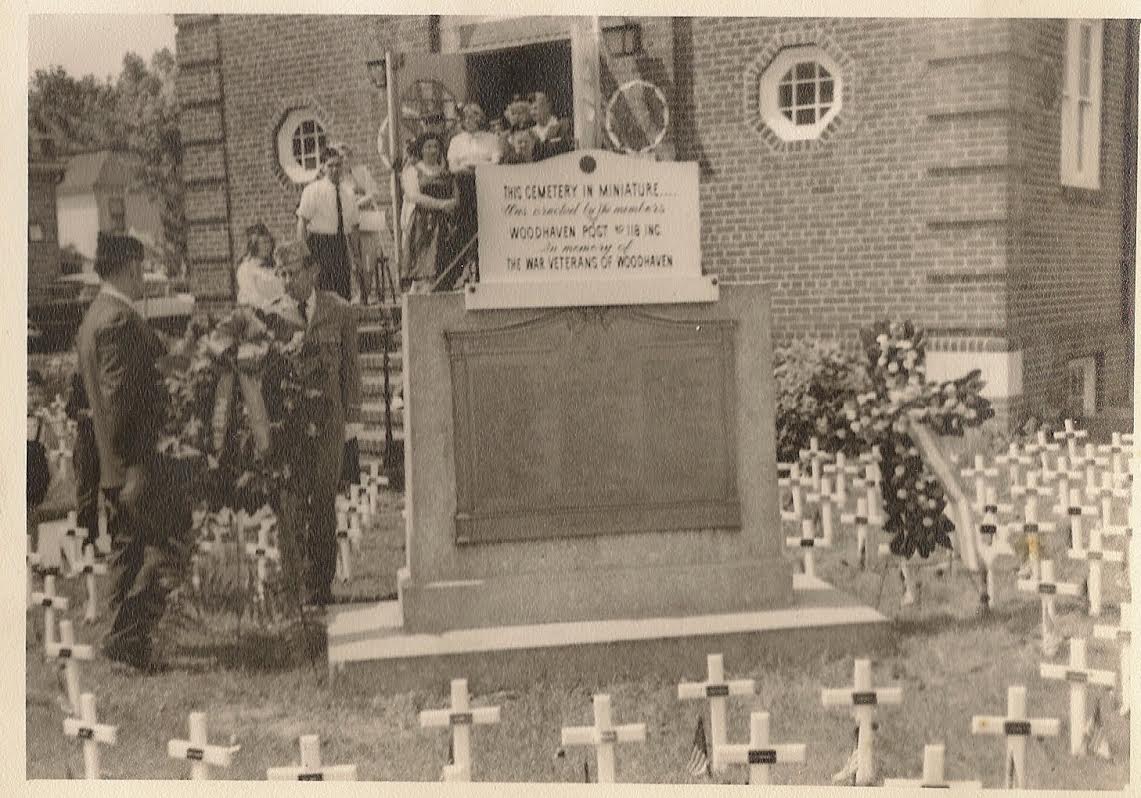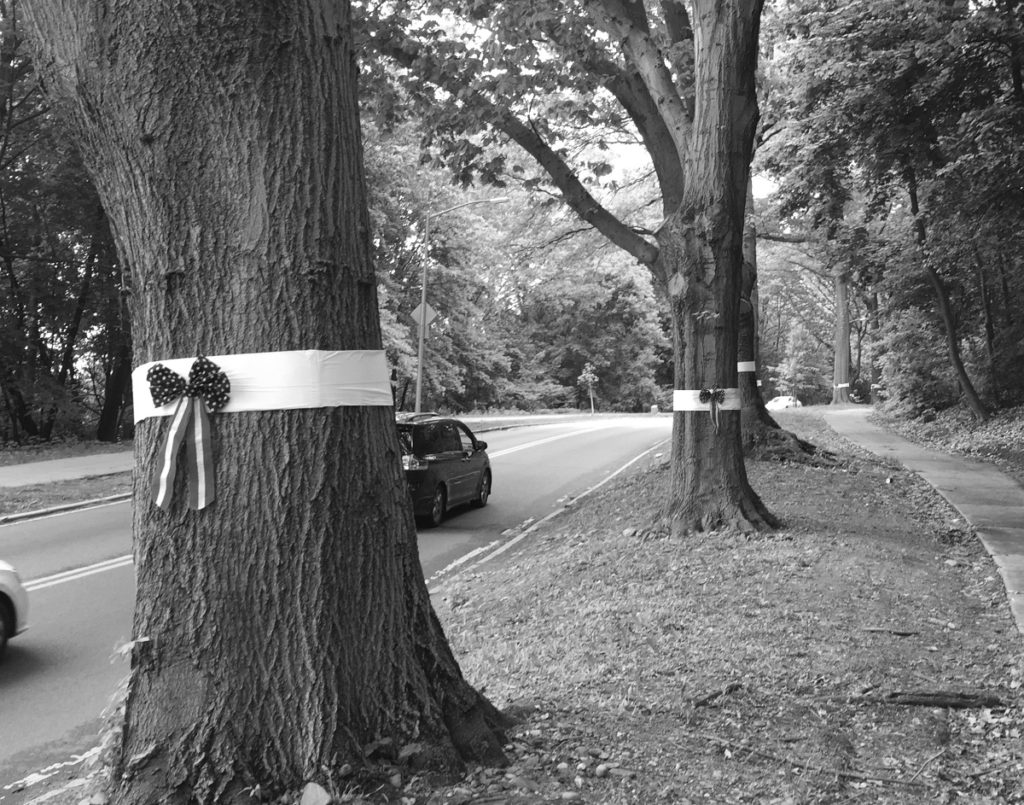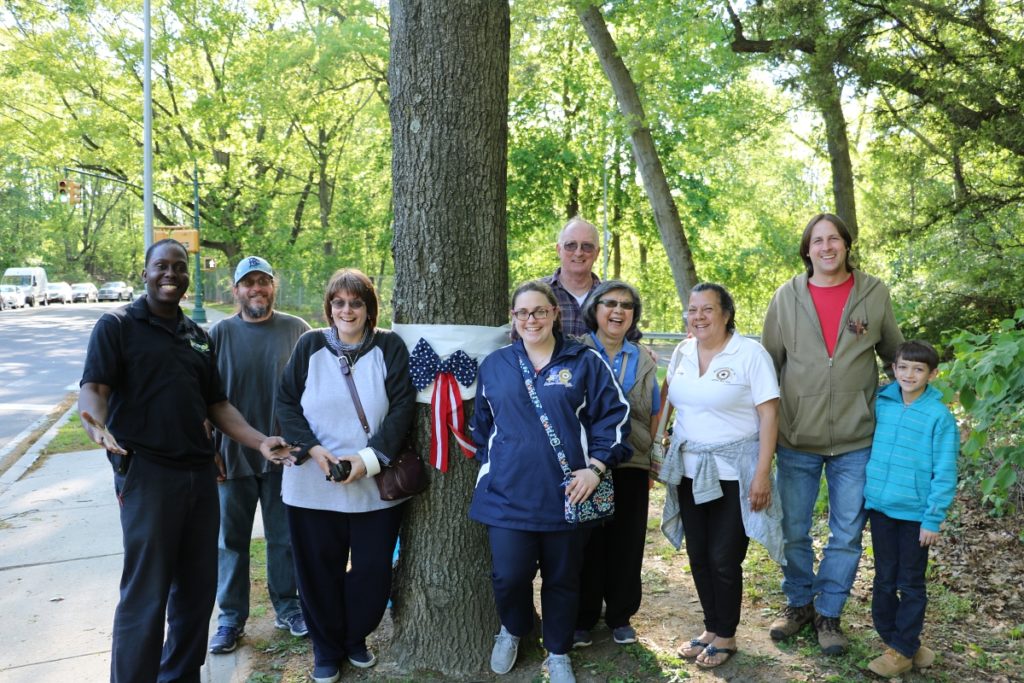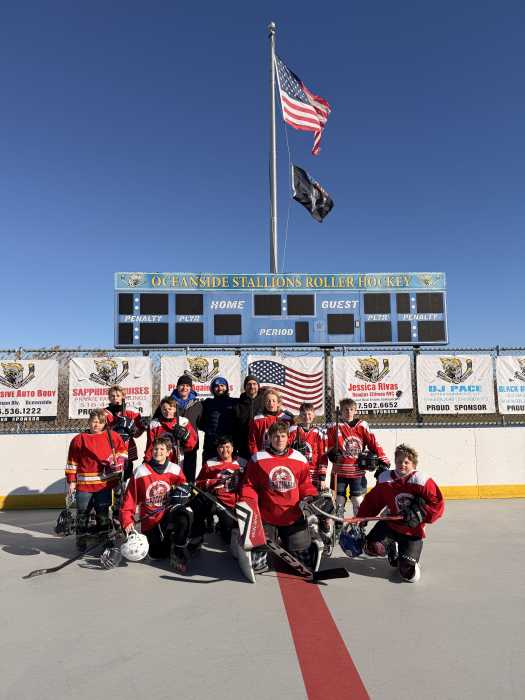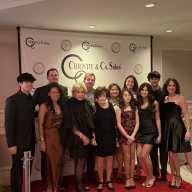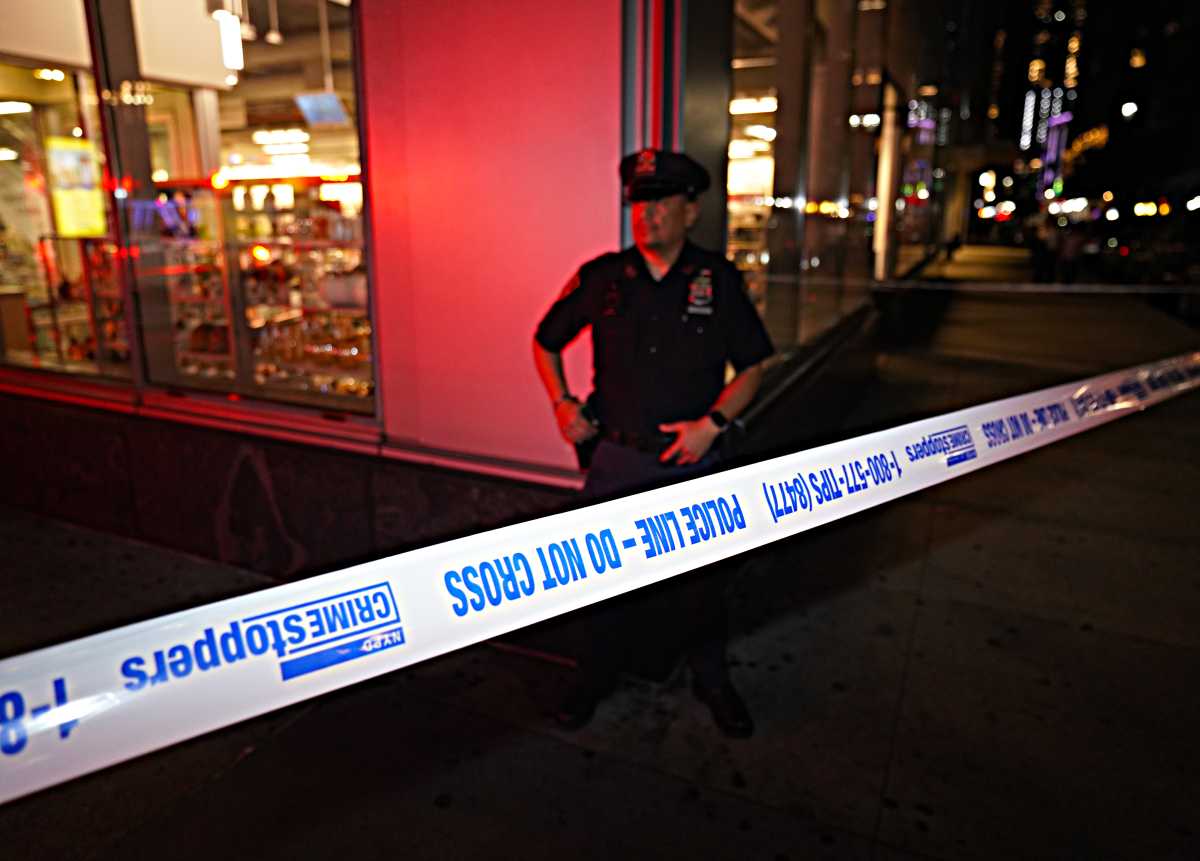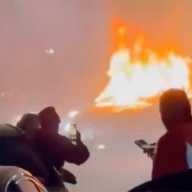Though the United States joined World War I in April of 1917, it wasn’t until later in the year that we saw our local boys go off to war with rousing support from an almost enthusiastic public. But by May of the following year, the war began to take its toll on the locals of Woodhaven.
At first, there were a few isolated casualties. But as the weeks wore on, residents would nervously look at each week’s headlines to see the latest news and grim announcements that more local boys had been killed.
In November 1918, peace was declared but slow lines of communications kept local families on edge for a few more weeks and months as the final list of casualties were produced. Eventually, it was determined that 70 young men from Woodhaven lost their lives in what would become known as “The Great War.”
After the war ended, communities around the country were looking for ways to memorialize the sacrifices of the young men who never came home. Less than two weeks after the war ended, Queens Parks Commissioner Albert C. Benninger announced plans to “erect a memorial tablet in one of the parks in Queens, probably Forest Park, for the soldiers of this borough who lost their lives in battle.”
While the plans for a borough-wide memorial were eventually moved elsewhere, Forest Park was still eyed as the site for a more localized memorial. In early 1919, The Patriotic League of Woodhaven brought together a group of 60 delegates representing the civic, fraternal, religious, political and other organizations in the community to plan for a way to commemorate the young men who gave their lives in defense of their country.
The resulting organization, known as The Woodhaven War Heroes Permanent Memorial Committee, sought to use a site near the golf clubhouse in Forest Park and plant one oak tree for each of the young heroes. The trees were planted near the end of April and the dedication ceremony took place just six months after the war had ended, on Sunday, May 11, 1919.
On that day, the families of the fallen soldiers attended the dedication of the oak trees in front of the golf clubhouse in Forest Park. The ceremony was presided over by one of the soldiers who did return home; James Pasta, one of the chief members of the Permanent Memorial Committee (he would go on to become the very first Commander of Woodhaven American Legion Post 118).
Prayers were offered by Reverend George Sherman of St. Thomas the Apostle Church and local boys and girls took part in the ceremony. As each name was called, they would place a red carnation in a large white cross. At the end of the roll call, the cross and carnations were placed in an upright position among the Memorial Trees in the park overlooking the community the fallen heroes had lived in.
In the days leading up to each Memorial Day, the ladies of the American Legion Auxiliary would decorate the trees in red, white and blue ribbons. Friends and family of the fallen soldiers that the trees were dedicated to would leave notes and flowers at “their” tree. And so, the Memorial Trees in Forest Park became established as part of Woodhaven’s Memorial Day tradition.
However, this tradition faded away in the early 1940s and the purpose of the trees along Forest Park Drive was forgotten for nearly 75 years. Why did it fade away? An integral part of the memorial in the park was a large granite monument with the names of the fallen soldiers.
When Woodhaven Boulevard was widened, the old Legion home was torn down and a new one erected at 91st Street and 89th Avenue. It was decided to move the monument from Forest Park to the new home of Post 118. As a result, the parade was rerouted and over time, the meaning behind the trees was forgotten.
A few years ago, the Woodhaven Cultural & Historical Society revived the tradition and we’ll be decorating the trees again this year, on Saturday, May 26, starting at 9:30 a.m. Everyone is welcome to join us for the decorating of the trees; email woodhavenhistory[@]gmail.com or call 718-805-2002 for more information.

